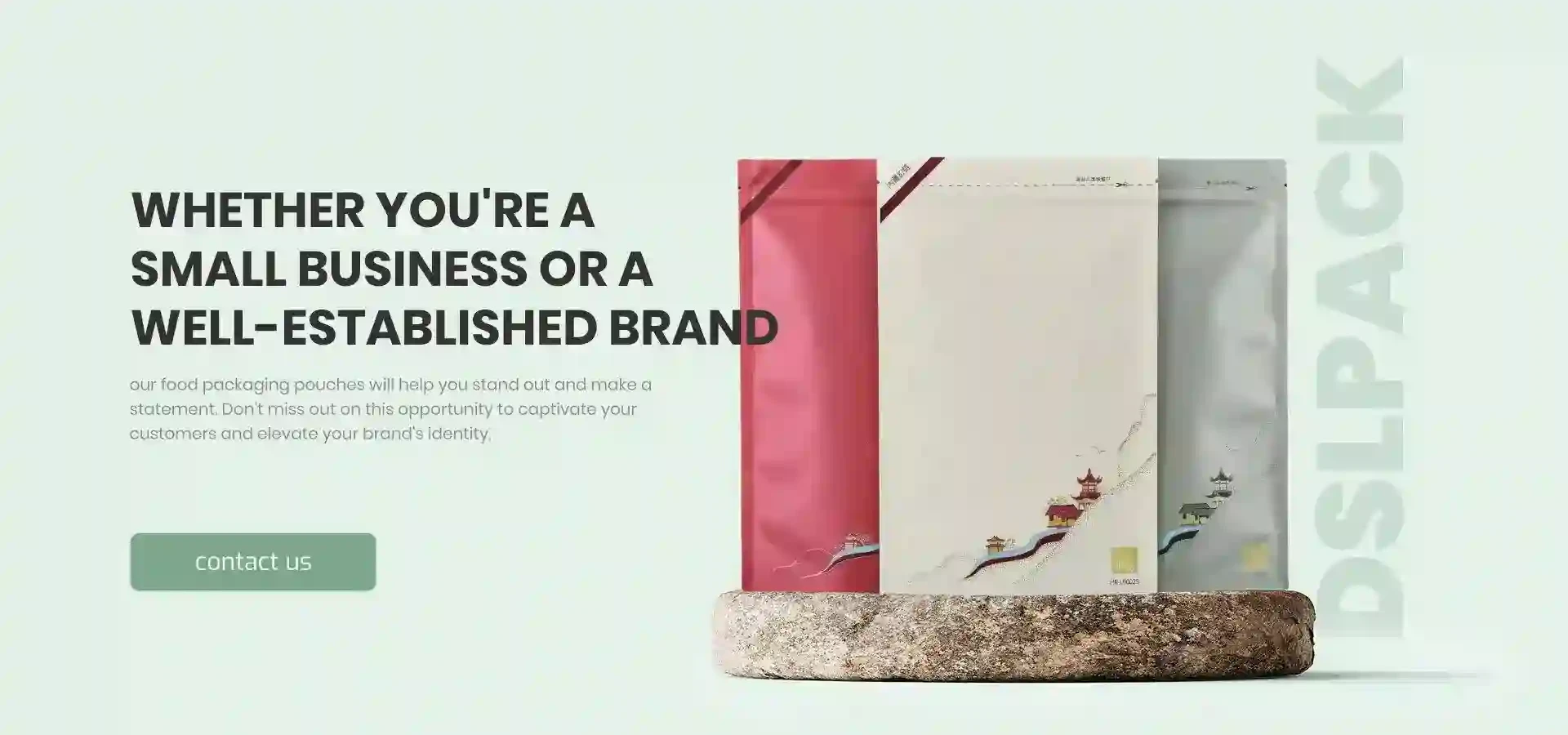- Afrikaans
- Albanian
- Amharic
- Arabic
- Armenian
- Azerbaijani
- Basque
- Belarusian
- Bengali
- Bosnian
- Bulgarian
- Catalan
- Cebuano
- chinese_simplified
- chinese_traditional
- Corsican
- Croatian
- Czech
- Danish
- Dutch
- English
- Esperanto
- Estonian
- Finnish
- French
- Frisian
- Galician
- Georgian
- German
- Greek
- Gujarati
- haitian_creole
- hausa
- hawaiian
- Hebrew
- Hindi
- Miao
- Hungarian
- Icelandic
- igbo
- Indonesian
- irish
- Italian
- Japanese
- Javanese
- Kannada
- kazakh
- Khmer
- Rwandese
- Korean
- Kurdish
- Kyrgyz
- Lao
- Latin
- Latvian
- Lithuanian
- Luxembourgish
- Macedonian
- Malgashi
- Malay
- Malayalam
- Maltese
- Maori
- Marathi
- Mongolian
- Myanmar
- Nepali
- Norwegian
- Norwegian
- Occitan
- Pashto
- Persian
- Polish
- Portuguese
- Punjabi
- Romanian
- Russian
- Samoan
- scottish-gaelic
- Serbian
- Sesotho
- Shona
- Sindhi
- Sinhala
- Slovak
- Slovenian
- Somali
- Spanish
- Sundanese
- Swahili
- Swedish
- Tagalog
- Tajik
- Tamil
- Tatar
- Telugu
- Thai
- Turkish
- Turkmen
- Ukrainian
- Urdu
- Uighur
- Uzbek
- Vietnamese
- Welsh
- Bantu
- Yiddish
- Yoruba
- Zulu
coffee paper cups
Coffee Paper Cups The Ultimate Sustainable Choice?
Coffee has become an integral part of modern life, often serving as the fuel that drives our daily routines. With the rise in coffee consumption, particularly in urban areas, the demand for takeaway options has skyrocketed. This shift has led to the widespread use of paper cups, which have their own set of implications for sustainability and environmental impact. As we delve into the world of coffee paper cups, it is essential to examine their materials, recyclability, and the ongoing innovations aimed at creating a more sustainable option.
The Material of Choice
Typically made from a blend of paper and a plastic lining, coffee cups boast a unique design that helps insulate the beverage while preventing leaks. The outer layer is usually made from cardboard or paper sourced from renewable resources, while the inner layer is composed of polyethylene, a type of plastic that serves to prevent liquid from seeping through. However, this combination of materials complicates the recycling process, which can deter effective waste management.
While paper is a renewable resource, the environmental footprint of coffee paper cups is a subject of debate. The production of paper requires significant water use and energy consumption. Moreover, the sourcing of wood for paper processing can contribute to deforestation if not managed sustainably. Aligning with responsible forestry practices is crucial to mitigate such impacts.
Recycling Challenges
The recycling of coffee paper cups is a pressing concern. Many municipal recycling programs do not accept them due to the polyethylene lining, which makes them non-biodegradable. In fact, it’s estimated that only a small fraction of paper cups are recycled. Instead, they often end up in landfills, where they can take decades to decompose, releasing methane—a potent greenhouse gas—in the process.
coffee paper cups

The challenge lies not only in the materials used but also in consumer awareness and behavior. Many individuals unwittingly dispose of their cups in recycling bins, leading to contamination that renders entire batches of recyclable materials unusable. Education on proper disposal methods and the importance of reducing single-use products is vital in combating this issue.
Innovations in Sustainable Design
In light of these challenges, numerous companies are investing in sustainable alternatives to traditional coffee paper cups. One promising innovation is the introduction of fully recyclable or biodegradable cups. These new designs utilize materials such as compostable bioplastics or plant-based lining, which allows for a more eco-friendly waste management process. Additionally, there are initiatives to create reusable cup systems, encouraging customers to bring their own containers or participate in programs that provide reusable cups.
Several coffee shops and chains have started to embrace these sustainable practices. By implementing discounts for customers who bring their own cups, they not only incentivize eco-friendly behavior but also contribute to reducing waste. Community outreach and partnerships aimed at raising awareness about sustainable consumption can further bolster such initiatives.
Conclusion
As coffee paper cups continue to dominate the takeaway market, addressing their environmental impact is critical. While these cups offer convenience, their recyclability and sustainability need serious consideration. Through innovation, education, and responsible consumer behavior, we can work towards an eco-friendly coffee culture. By recognizing the impact of our choices, we can contribute to a greener planet without sacrificing our daily cup of coffee. Together, we can ensure that our love for coffee aligns harmoniously with our commitment to sustainability.













